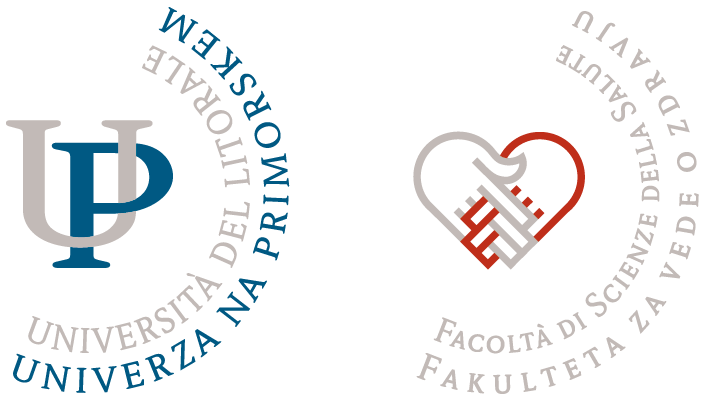Content
- Lectures: 15 hours
- Seminar: 15 hours
- Independent work: 60 hours
Subject carrier
Description
1. ORGANIZATION OF SERVICES FOR PREVENTION OF HOSPITAL INFECTIONS:
a. Organization of medical institutions and prevention and control of nosocomial infections
b. Legislation and documentation
c. Organization of a health-related infection prevention service
2. CHARACTERISTICS OF HOSPITAL INFECTIONS
a. Distinguish between colonization, contamination and infection
b. The problem of multiple resistant bacteria
c. Water and food infections
d. Laboratory infections and prevention
e. Environment and nosocomial infections
f. Outpatient disease epidemics and outbreak prevention in health facilities
g. Healthcare professionals as a source of infection
h. Protecting healthcare workers from infection in the workplace
3. HOSPITAL INFECTIONS – SPECIAL GROUPS, SPECIAL UNITS, ANATOMICAL SYSTEMS AND MEDICAL INTERVENTIONS
a. Nosocomial infections in special groups of patients (newborns, the elderly, immunosuppressed patients, burn patients, post-transplant patients)
b. Nosocomial infections of various anatomical systems (urinary tract, gastrointestinal, CNS, respiratory)
c. Nosocomial infections in connection with medical procedures (endoscopies, surgical wounds, intravenous catheters, urinary catheter)
d. Prevention of tuberculosis bacillus transmission in healthcare facilities
e. Nosocomial infections in intensive care units and on hemodialysis
4. SEMINAR WORK – problem-based learning
a. modern epidemics and work in isolation
b. current examples from practice

